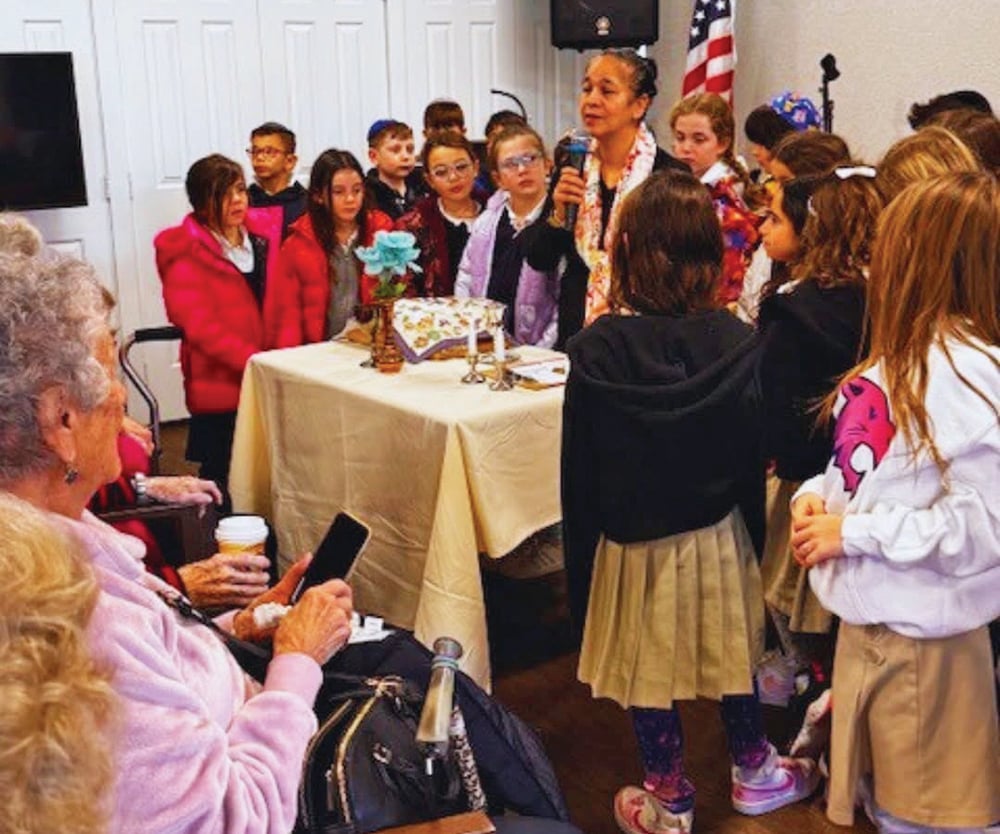So you want to start a shul! There are a lot of good reasons for wanting to start your own shul, including:—There not being a shul within whatever you consider a reasonable walking distance from your home.—Your current shul not being what it once was ever since the old rabbi left.—Your current shul being so packed that if you don’t show up a half hour early, you’re not guaranteed a seat.—There’s too much talking/not enough talking at your old shul.—You don’t know anyone who davens there anymore.—You want to be involved in shul politics, and no one in your current shul has been cluing you in.
Fortunately, anyone can start a shul, using everyday objects you probably have around the house!
Plus a Sefer Torah.
Where to Start
The most important factor in starting a shul is having a location.
The general minhag is to start off in someone’s basement. You want to be able to look out the windows and see legs running by during leining. This is where you’re going to be for the first few years, hiding from nosy neighbors, remembering to duck when you get halfway across the beit midrash because of that pipe, and responding to your Shabbat guests who ask, “Is there a women’s section?” with, “Sometimes.”
In the meantime, you’re going to put together a building fund, which you will work into every shul announcement and personal conversation with your family until people give you money just to get you to stop. But you won’t.
Once the basement is way too small for a few years, you’re going to need to move to a rented location, usually a yeshiva lunchroom or a storefront or the living-room-dining-room-kitchen-pantry-hallway-foyer of an empty house, until such point when you finally get a building of your own, with one of those cool mechitzos where the women can see you but you can’t see them, but they can see you staring at the mechitza and marveling to yourself about how you can’t see them while they wonder if you actually can see them, as opposed to that curtain you had in the basement that blew open every time someone opened the window.
The women might even get to sit upstairs, so they could drop pekelach straight down instead of throwing them blindly on the people right next to the mechitza, and also play “Where’s Waldo?” to help their toddlers find their abba, because he looks the same as everyone else from the knees down.
And there will still be a building fund.
Things You Need
Sefer Torah—You also need an aron of some sort, although you will probably start off with some sort of armoire with the shelves taken out, topped by a tablecloth that no one can figure out how to “open” without just removing the whole thing completely.
Siddurim and Chumashim—You want to get a few siddurim of each Nusach to both make everyone feel welcome and confuse the newcomers.
“What Nusach do they daven here?”
“It’s still undecided.”
Most shuls’ Siddurim and Chumashim are covered in black tape, so make sure to ask for that right at the store.
Chairs—The chairs should be the kind that make a ton of noise when you push them out or pull them in so the kids know to run in when the speech is over, and also so no one should completely hear Barchu.
Bimah—You can’t lein by balancing a sefer Torah on the back of a chair, and also, where will people bang before Shemoneh Esrei? On the back of the person in front of them? (Thump. YELP! “Morid Hageshem!”) A good bimah will have a closet underneath from which the gabbai can get things during davening while the entire shul wonders what he’s about to take out next, like a really bad magic show.
Pile of irregular talleisim—Every single tallis should be slightly too short for the average human being, and also somehow be too slippery to stay on without constant adjustment, so that no one accidentally walks off with them. They should also all be yellow, for some reason.
Shtender—The chazzan needs somewhere official to stand in order to differentiate him from the other people who daven loudly, so that everyone else knows whom to follow. If there’s no shtender, the chazzan can daven at the bimah, unless the bimah is a tallis on a table. Technically the chazzan can hold his siddur in his hands, because it’s not like he’s also holding a tallis bag and a Chumash, but on the other hand, it is a big siddur, and also he needs his hands free to constantly keep the shul tallis from sliding off.
Mechitzah—You need some kind of wall or curtain or room divider for the women who come to Shacharit, the men who come late to Kabbalas Shabbat, and any shiur that wants to pretend that curtains are soundproof. The mechitza needs to be sturdy enough to stand up to kids playing peekaboo with their mommies, but also able to come down so the women can roll their eyes at their husbands dancing on Simchat Torah and also to see that their husband is not in fact the only bad dancer.
And also to be a captive audience for that song where one guy puts his arms through the other guy’s armpits and holds his siddur, and the guy in front of him sings with a Sefardi accent—or, if the shul is Sefardi, an Ashkenazi accent, I’m assuming. That same joke every year is hilarious.
You also need people. But what kind of people? And how many? The answers may surprise you. Stay tuned for next week’s article.
Mordechai Schmutter is a freelance writer and a humor columnist for Hamodia and other magazines. He has also published seven books and does stand-up comedy. You can contact him at [email protected].













